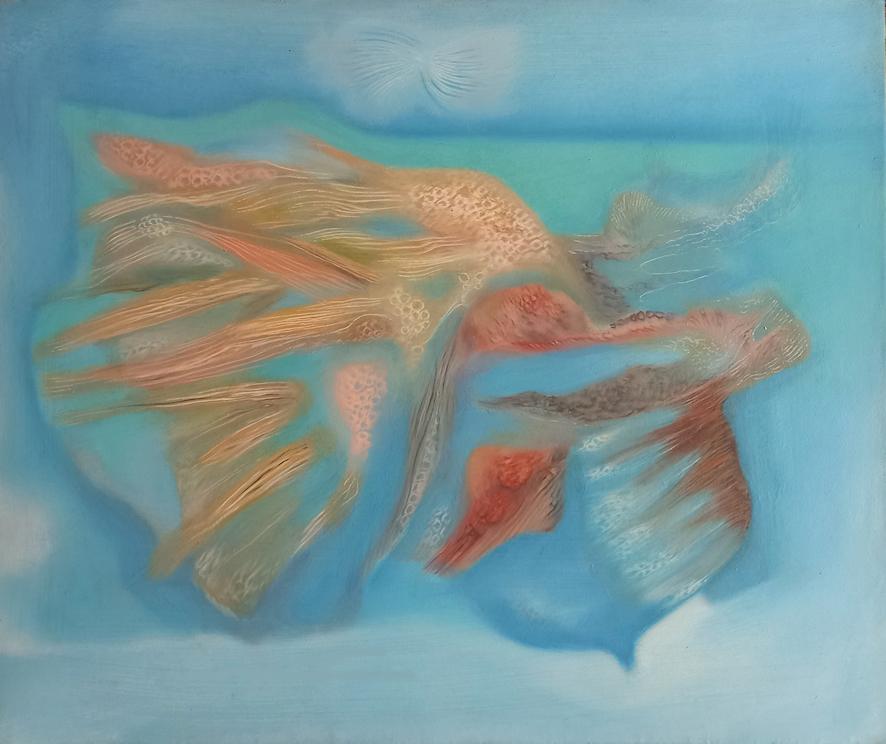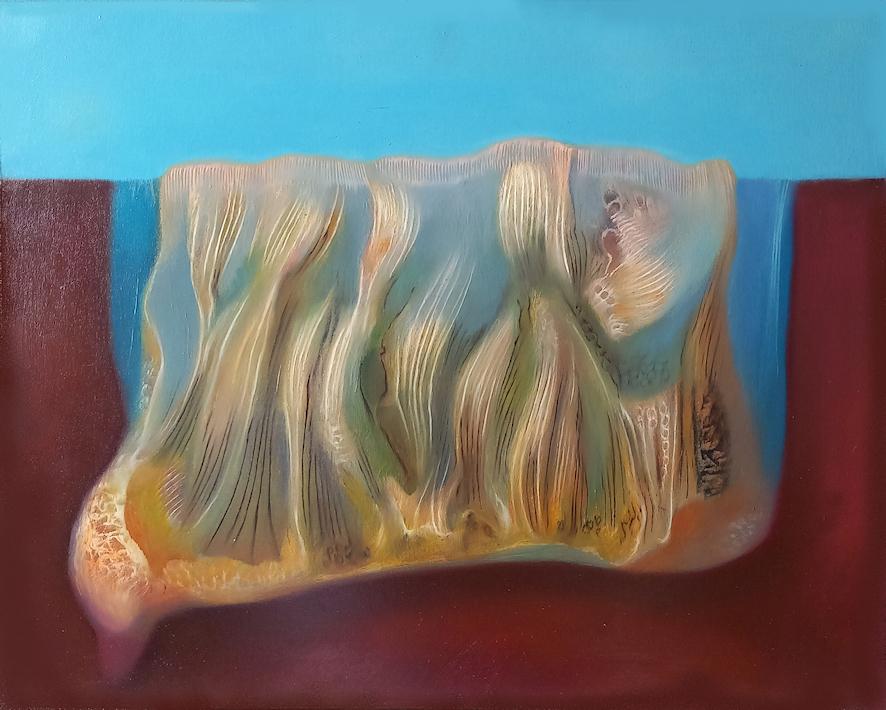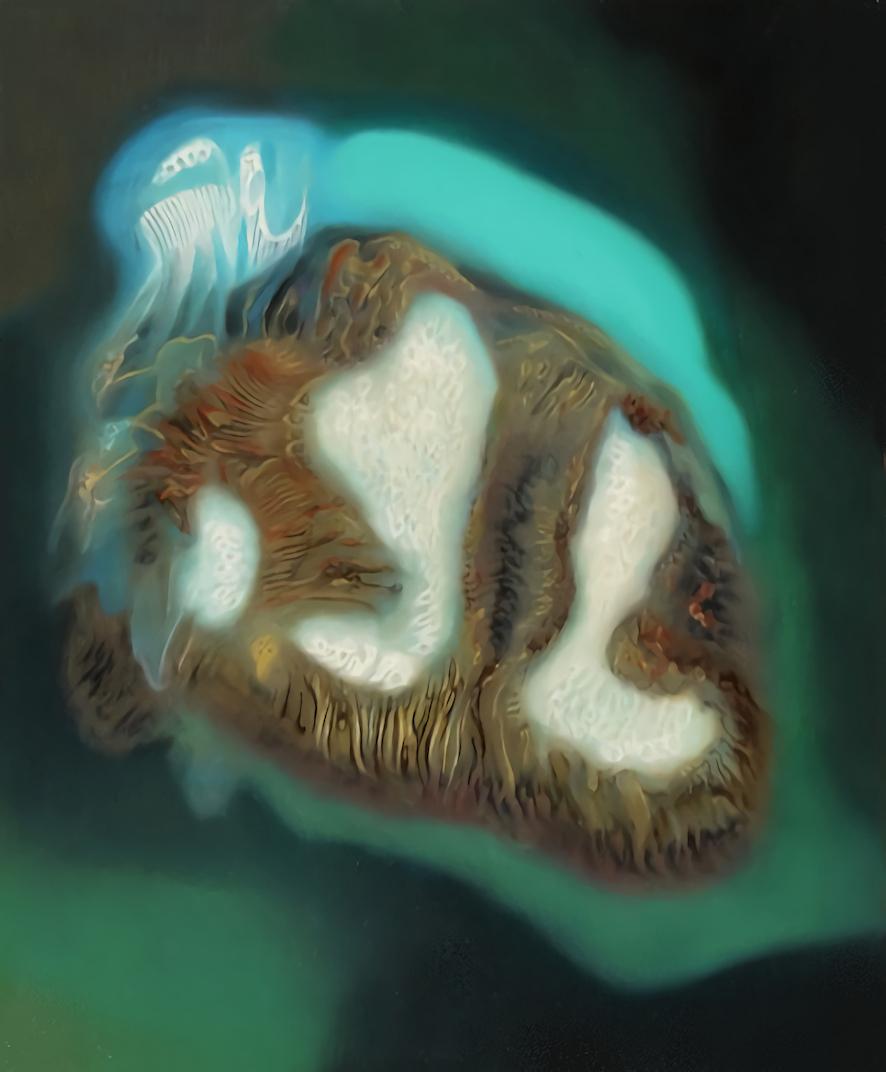“If art keeps repeating itself, it becomes craftsmanship," he said. "Your expressivity cannot flourish if you are doing something that has already been done or seen.” The post-war Italian art environment was bustling and provocative. Spatialism was fueling innovation, boldness, and ambition. The Italian economic boom was underway. Almaviva’s artistic adventure had begun.
Almaviva arrived in Milan in the late 1950s to pursue his artistic career but also to find out more about his father, the sculptor Armando Vassallo (1892-1952) who, after refusing to embrace the dictates on art imposed by Fascism, was excluded from exhibition circuits. Almaviva's own mistrust towards official recognition and institutions might stem from his father’s struggles, but also from the awareness that an artist is not necessarily defined by others. The need to find his own voice, outside of labels and influence from other artists, pushed Almaviva to welcome the urge for innovation found in the Milanese art circles of the 1960s.
This urge was shared among all the artists who recognized themselves as Spatialists. When the critic Giorgio Kaisserlian declared that, after Fontana’s actions, painting was dead, Almaviva was just at the beginning of his career as a painter. It was a substantial blow. How could one resuscitate an art that had been deprived of its essence—the canvas? Yet, many artists decided to distance themselves from the canvas and, consequently, from their identity as painters. They wanted to be known as aesthetic operators.































